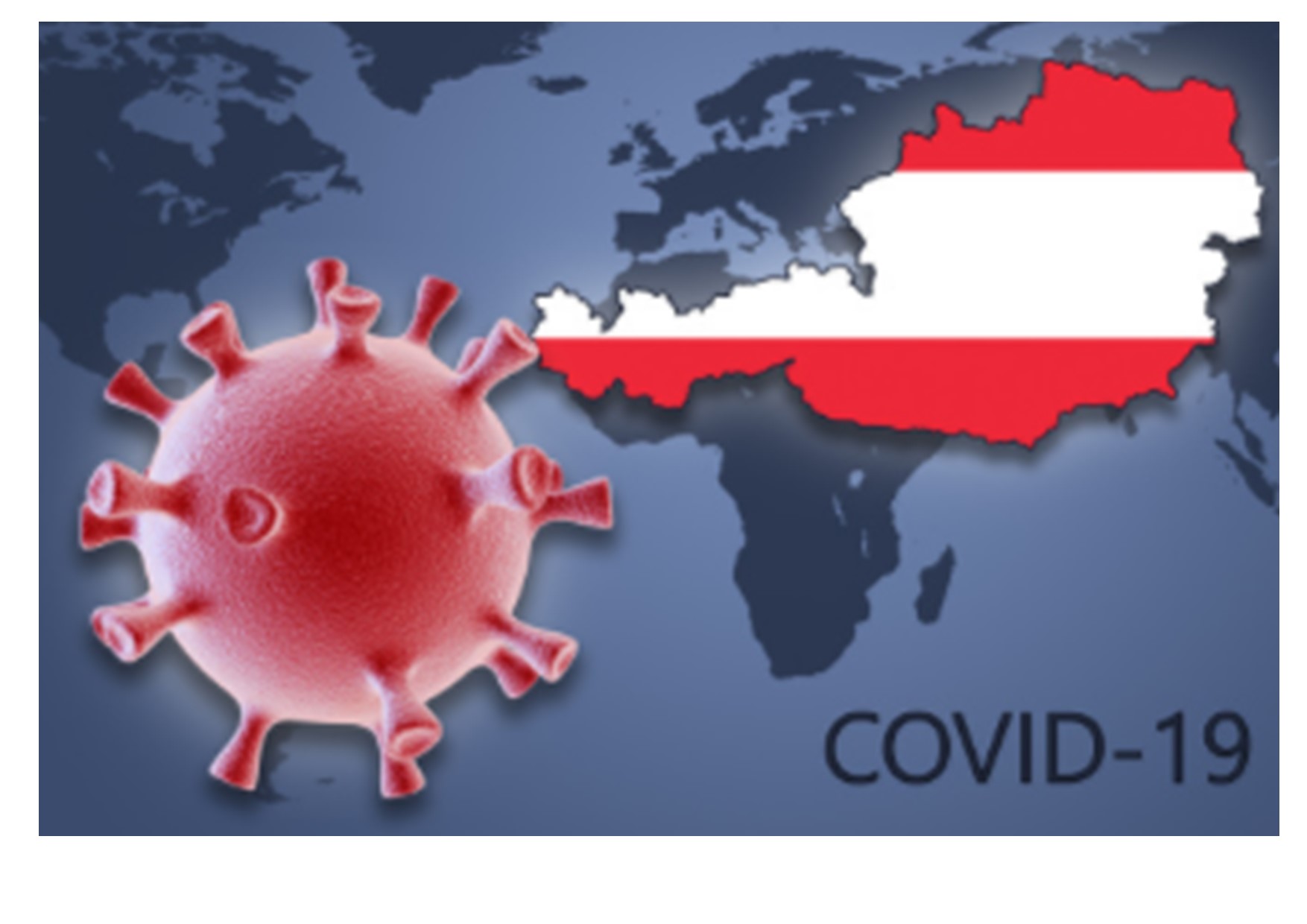The Austrian federal government wants to be better prepared for the coming, now third pandemic autumn. On Friday, Health Minister Johannes Rauch (Greens) and experts presented a so-called Variant Management Plan (VMP). Involving 80 experts, it contains four possible scenarios for the further development of the coronavirus. Rauch announced that the final VMP should be available at the beginning of June.
“We need to prepare seriously for different scenarios in the fall,” Rauch said. “We simply don’t know which variant we will be dealing with in the fall,” the responsible minister emphasized. Also on board is virologist Andreas Bergthaler of the Medical University of Vienna and the Research Center for Molecular Medicine (CeMM) of the Austrian Academy of Sciences (ÖAW). To him, it seems “relatively sensible that after three years, we are switching from the principle of hope to forward-looking action,” the expert stated.
Corona strategy developed for the fall with four scenarios
Four scenarios are included in the variant management plan – they range from the “ideal case” with no necessary restrictions to the “favorable case” with new variants with effects similar to the omicron and delta mutations with partial limits, to the less favorable scenarios 3 and 4. The “unfavorable case” envisions frequent and unpredictable outbreaks of new variants that lead to widespread social and community life disruption. Scenario 4 comprises the “very unfavorable case,” the “worst case.” There are “renewed waves causing very high numbers of infections and hospitalizations,” the variant management plan says. In this phase, severe social and community life restrictions occur, and excess mortality and a decrease in average life expectancy continue to be recorded.
The introduction of compulsory corona vaccination in the fall is still unclear.
Rauch did not answer whether there will be mandatory vaccination, referring to the Mandatory Vaccination Commission, which will have another report at the end of May, and the next one at the end of August. Regardless of a possible mandatory vaccination, “our job is to get people vaccinated,” the health minister said. “Commercials and advertisements are not enough; this will happen from the bottom up,” he announced. He said people must be talked to and persuaded in doctors’ offices, associations, and pharmacies based on trust.
He sees compulsory vaccination itself as “an emergency instrument. The goal is to “get as many people as possible vaccinated at the end of August, beginning of September,” Rauch said. That’s because the booster shot needs to be given “as close as possible to a next wave,” he said. “As it stands, Pfizer and Moderna have a vaccine adapted to the variants in the fall,” said Director General of Public Health Katharina Reich.
“The scenarios are only suggestions for a future reality,” said Herwig Ostermann, managing director of Gesundheit Österreich GmbH (GÖG). It is not assumed that the situation in the fall will be 100 percent congruent. Both scenario-dependent and independent measures are being prepared. The latter include, for example, the creation of a sound data basis. There is “still a huge construction site” in Austria in this regard, Bergthaler said. “My great wish is that we make progress here.” For example, if new variants are found, he said science needs to get real-time data on who the people are, their vaccination status, how long hospital treatment is needed, etc. Chief Medical Officer Reich referred to a registry for hospitalized Corona patients. This is “ready to go,” he said, and this is where countries must enter data on hospitalized patients.
Health Minister Rauch “cannot guarantee” that there will be a comprehensive and uniform data basis in the third pandemic. “We have federalism; that‘s what we suffer from,” he stated. The now planned “data register alone was a feat of strength in a class of its own,” Rauch said. He said it was a matter of catching up; other countries have real-time data at their disposal. “But that will not be possible overnight,” Rauch said. Attempts will also be made to standardize registrations. Currently, Austria has three different sets of data every day – the case numbers from the national crisis unit, those from the Epidemiological Reporting System (EMS), and those from AGES.
Variant management plan to be submitted to GECKO
The current interim VMP and a 100-page technical document will be sent to the Government-wide Covid Crisis Coordination Commission (GECKO) for review and completion. Eventually, the ministry will draft the final VMP to form the basis for policy decisions. “Let’s hope there is a reasonable final product,” said virologist Bergthaler. This would then have to be used in the summer to “prepare for the fall,” he said.
- sources: vienna.at/APA/picture: pixabay.com
This post has already been read 1000 times!



